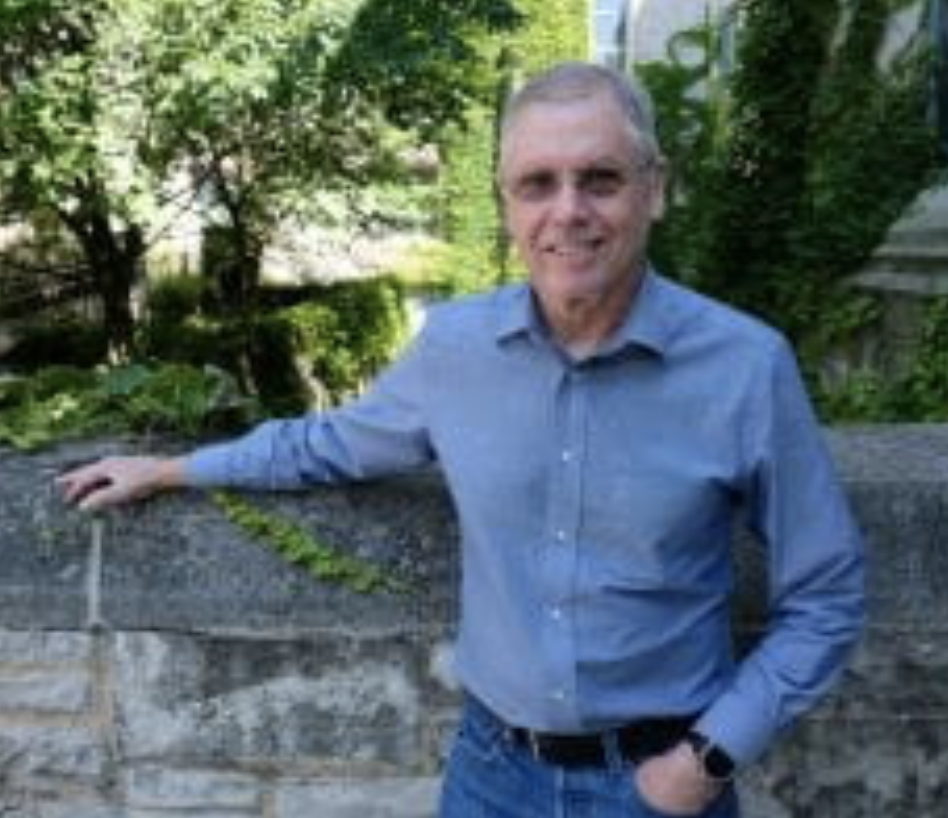‘Dirty’ Superconductors Make Better Particle Accelerators
 It turns out that imperfection may be the perfect way to push the limits of a key component in high-energy particle accelerators.
It turns out that imperfection may be the perfect way to push the limits of a key component in high-energy particle accelerators.
The new finding made by researchers at the Center for Applied Physics and Superconducting Technologies (CAPST) and supported by the National Science Foundation (NSF) furthers scientific understanding of the physics responsible for the ultimate performance limit of superconducting radio-frequency (SRF) cavities. Niobium is currently the material of choice for SRF cavities because of its superconducting properties.
“This publication lays a foundation for creating an even better Niobium SRF cavity,” says principal investigator and CAPST Codirector James Sauls, physics and astronomy. “The theoretical predictions based on impurity diffusion layers predict an increase in the superheating field as high as 35 percent, which, if achieved experimentally, would have a tremendous impact on Niobium-based SRF accelerator technology.”
There is a huge financial incentive to push the limits of performance of the existing technology, Sauls adds, both in terms of smaller accelerators to achieve the same particle kinetic energy, and in terms of reduced cryogenic costs to keep the SRF cavities at a stable temperature to maintain the superconducting state.
Northwestern and the US Department of Energy’s Fermi National Accelerator Laboratory (Fermilab) established CAPST in 2017 to enhance the world-class discovery that is a hallmark of each institution. Research at the center is largely focused on advancing applications of superconductivity and the discovery of superconducting materials, which is expected to produce societal gains in the fields of particle physics, solid-state physics, quantum information science, materials science, medicine, energy and environmental sciences.
A variety of SRF cavities are used in particle accelerators, including at Fermilab to help study matter at ever-smaller length scales, and investigate physical processes thought to take place in the early evolution of the universe.
“It is a very exciting time for the SRF field. In the recent years, Fermilab has pushed important performance leaps and these higher quality factors are already enabling new accelerators,” says Anna Grassellino, CAPST codirector. “The theoretical work published in this new article will provide guidance for cavity experiments at Fermilab to further boost the achievable accelerating voltages, potentially well beyond 50 MV/m. This can have an enormous impact on machines like the International Linear Collider, bringing a cost reduction in the hundreds of millions of dollars.”
The recent research was motivated by experiments at Fermilab on impurity infusion into superconducting Niobium. Those efforts were led by Grassellino and CAPST member Alexander Romanenko, who both hold adjunct faculty appointments in physics and astronomy at the University
“Impurities are ever present in solid state materials, but typically the goal is to process the material, in this case Niobium, to achieve the intrinsic properties of a pure alloy,” says Sauls, who conducted the research with Vudtiwat “Wave” Ngampruetikorn, a postdoctoral fellow in the theoretical research groups headed by Northwestern’s Jens Koch and Sauls. “We will continue to pursue this direction with more detailed simulations in collaboration with Fermilab and the detailed knowledge from surface characterization studies done there.”
“This exploration of the fundamental physics of materials currently used for superconducting particle accelerator cavities made at Fermilab is a great example of the complementary roles of US science funding agencies supporting work performed within CAPST,” says Vyacheslav Lukin, an NSF program director who manages the grant to Northwestern. “The basic research performed at Northwestern University with the support from the National Science Foundation will enable future technological advances to be implemented at Fermilab.”
CAPST is part of Northwestern’s robust ecosystem of University Research Institutes and Centers, a collection of more than 40 interdisciplinary knowledge hubs that harness talent from across all areas of the institution.
The breadth of research at CAPST is expected to further investigations into the upper limit of the performance of superconductors for next-generation particle accelerators, help develop superconducting devices for quantum information science and technology, and expand the frontier in superconducting materials.
By Roger Anderson